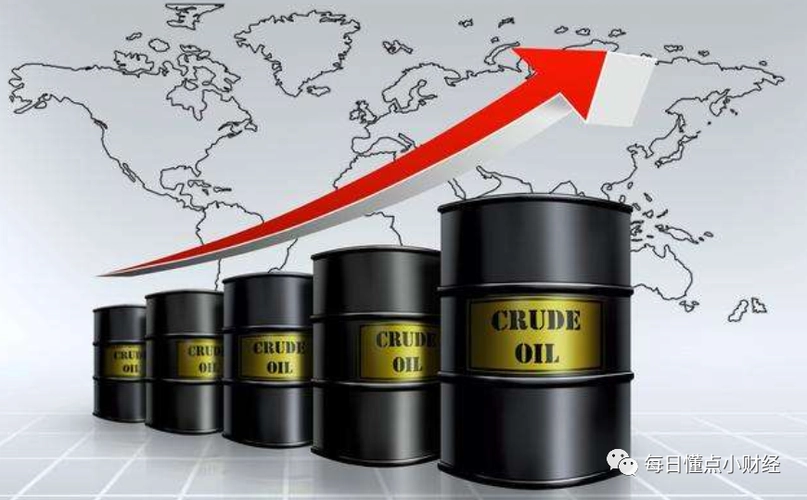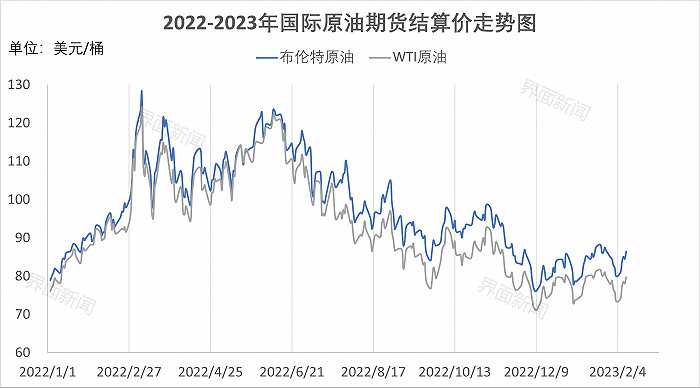
International oil prices have climbed recently amid market expectations of a recovery in Chinese demand, Western sanctions against Russian oil, and Russian production cuts.
As of the close of business on February 10 local time, WTI March crude oil futures rose 2.13% to settle at US$79.72/barrel, a cumulative increase of 8.62% for the week; Brent crude oil April futures rose 2.24% to settle at US$86.39/barrel, an incremental increase of 8.07% for the week.
The speed of China’s economic rebound following the full liberalization of the epidemic has been the focus of attention in the global oil market this year.
Fatih Birol, executive director of the International Energy Agency (IEA), said there are some “preliminary indications” that China will grow faster than previously expected, Bloomberg reported on February 5.
In its monthly oil report for January, the IEA forecasted that global oil demand would increase by 1.9 million barrels per day (bpd) to a record 101.7 million bpd in 2023. Of this, nearly half of the orders will come from China.
On February 13, Zou Xuelian, a product oil analyst at GoldLink, wrote an analysis saying that with the full liberalization of the epidemic in China and the introduction of relevant policies around the country to support local economic recovery, engineering infrastructure projects may continue to increase and tourism is also gradually improving.
“Demand for refined oil products will improve significantly from 2022. Domestic refined oil production is expected to rise further in 2023.” Zou Xuelian said.
Fatih Birol noted that China’s aviation fuel consumption is already strong and could increase overall oil demand if it continues to grow at the same rate.

On 8 February, the US Energy Information Administration (EIA) released its February Short-Term Energy Outlook, raising its forecast for Brent crude oil prices in 2023 to US$83.63/bbl, compared to US$83.1/bbl. The EIA also raised its January forecast for China’s average oil consumption in 2023, from 15.7 million bpd to 15.8 million bpd.
On 5 February, the EU’s ban on imports of Russian refined oil products and the G7 group’s policy of setting price caps on Russian refined oil exports simultaneously with the EU and other countries came into effect.
According to Bloomberg on the same day, Goldman Sachs Group said in its latest report that oil prices would rise from the current level of around US$80/bbl to over US$100/bbl due to a possible decline in Russian oil exports as a result of the sanctions, overlaid with a recovery in Chinese demand.
In response to the imposition of oil sanctions by the West, Russia announced on 10 February that it would cut oil production by 500,000 barrels per day in March. According to CCTV news, OPEC+ does not intend to act to compensate for the Russian production cuts.
Although there is still a great deal of uncertainty in the global economy, market expectations that oil prices will rebound sharply are also growing amidst the multiple positive factors mentioned above.
Pierre Andurand, a top crude oil trader and hedge fund manager, believes that the market is currently too short-sighted and that the opening up of China will lead to much higher than expected growth in oil demand, the Financial Times reported on 10 February. International oil prices will likely reach $140 per barrel for the rest of 2023.



